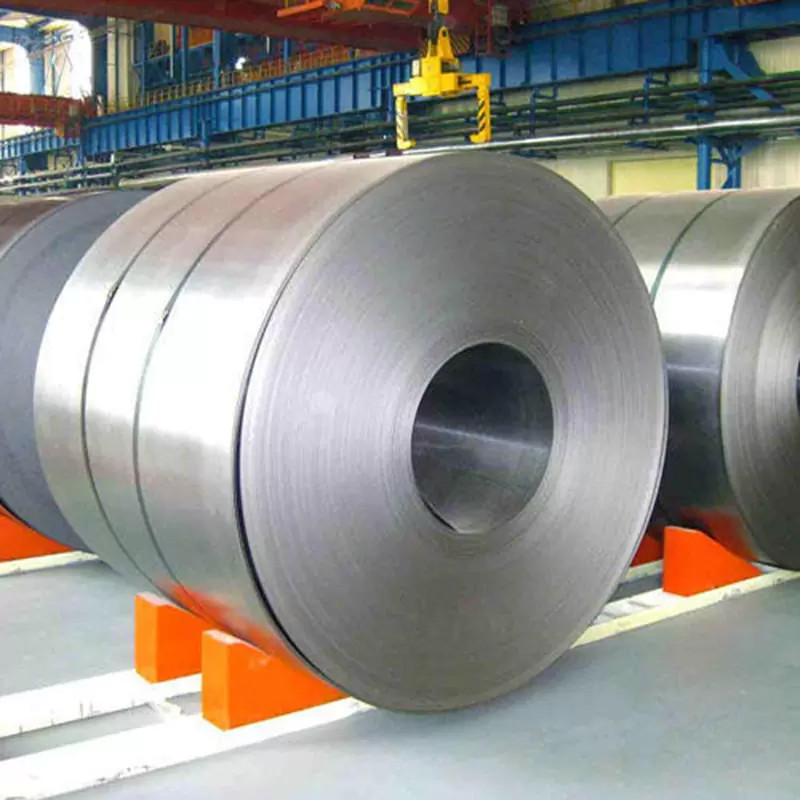RELATED
- Analysis of the Market Prospects for Stainless Steel Exports2025-08-06
- Nickel Alloys: The Hidden Health Risks in Your Everyday Life – Are They Worth It?2025-07-23
- Why must the selection of stainless steel pipes be given due attention in construction projects?2025-07-18
- Where to Buy Stainless Steel: A Comprehensive Guide for 20252025-07-07
- Well-equipped production lines and advanced control systems work together to make sure all the stainless steel products we made are in line with the national standards.2025-03-02
Stainless steel is an alloy material widely used in various industries, favored for its excellent corrosion resistance, strength and aesthetic appeal. Among the numerous stainless steel grades, several have become popular choices due to their unique properties and wide range of applications. This article will introduce several commonly used stainless steel grades along with their characteristics and application fields.

304 stainless steel
304 stainless steel is one of the most common and widely used stainless steel grades and belongs to the austenitic type of stainless steel. Its main components are 18% chromium and 8% nickel, and it has excellent corrosion resistance and formability. 304 stainless steel is widely used in fields such as food processing, chemical equipment, architectural decoration and household goods. Its excellent antioxidant performance enables it to maintain stable performance even in high-temperature environments, and thus it is widely used in the manufacturing of kitchenware and tableware.
316 stainless steel
316 stainless steel is another commonly used austenitic stainless steel, whose main composition is 2% to 3% more molybdenum than that of 304. The addition of molybdenum significantly enhances the corrosion resistance of 316 stainless steel, especially in chloride environments. 316 stainless steel is particularly suitable for Marine environments, chemical equipment and the pharmaceutical industry because it can effectively resist salt water and chemical corrosion. Meanwhile, 316 stainless steel is also frequently used in medical devices and food processing equipment.
430 Stainless Steel
430 stainless steel is a ferritic stainless steel, with a main component of 16% to 18% chromium. Although its corrosion resistance is not as good as that of 304 and 316, 430 stainless steel is still competitive in some applications due to its lower cost and good formability. Common applications include the shells of household appliances, kitchenware and decorative components, etc. Its surface finish and wear resistance also make it popular in some decorative applications.
201 stainless steel
201 stainless steel is a low-nickel stainless steel, mainly composed of 16% chromium and 5% to 6% nickel, and is usually used to replace 304 stainless steel. 201 stainless steel features high strength and good formability, and is often used to manufacture kitchenware, tableware and some lightweight structural components. Although its corrosion resistance is relatively low, it performs well in dry environments and is thus widely used in some cost-sensitive applications.
Duplex Stainless Steel
Duplex stainless steel is an alloy that combines the properties of austenite and ferrite. Common grades include 2205 and 2507. Duplex stainless steel features high strength and excellent corrosion resistance, especially its ability to resist stress corrosion in chloride environments. They are widely used in the fields of petroleum, chemical engineering, Marine engineering and construction, and are especially suitable for applications in Marine environments and under high-temperature and high-pressure conditions.
Conclusion
The diversity of stainless steel makes it play an important role in modern industry and life. Popular grades such as 304, 316, 430, 201 and duplex stainless steel each have unique properties and application scenarios. With the continuous advancement of technology and changes in market demand, the application fields of stainless steel will continue to expand, and new alloy grades may also keep emerging, providing more choices for all walks of life. When choosing stainless steel, understanding the characteristics and applicable scenarios of different grades will help make more reasonable decisions.
Get real-time quotes
Interested? Leave your contact details.

